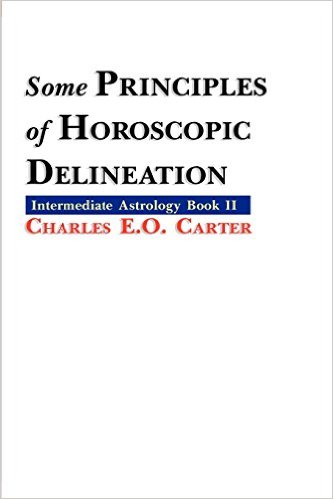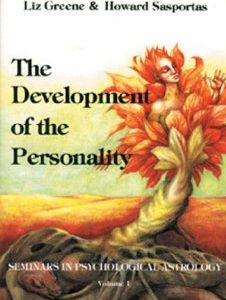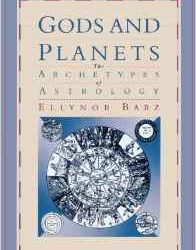Description
In an effort to teach chart interpretation (ie, actually getting meaning from the various pieces), Carter first gives some general guidelines: A mixture of hard & soft aspects produce better people than too many trines or too many squares. He extends this to aspect patterns. Carter notes that crimials often have harmonious aspects from Moon & Mercury to other planets in the chart, one of many surprising discoveries. He considers mundane position as an explanation for people born on the same day who don’t quite have the same the same life. He says, the further planets are from an angle (moving counter-clockwise), the less significant the planet is. Carter follows with a chapter on Planetary Psychology, with some of the best writing on Venus & Uranus (along with all the other planets, including some notes on Pluto) in print.
With that for an introduction, Carter introduces some well-defined groups of people & then does statistical analysis to show what people in the various groups have in common. Among them, infant mortality & longevity, insanity & suicide, the violent criminal, and, outstanding ability and failure, treated generally.
Let Carter himself have the last word. From the Foreword:
Most text-books, including the one for which I am personally responsible, are mainly of an analytical character and do not attempt to guide the reader far along the path that leads to proficiency in horoscopic delineation. In fact, few attempts have been made to attack this problem, and for a good reason-it is so difficult. Delineation is an art and it cannot be taught as one teaches merely factual knowledge. It comes with experience, if the student have the right inborn aptitudes; that is all that can be said.
However, there seems to me to be a sort of border-land that lies beyond the realms of purely text-book teaching and yet is within the scope of instruction. No one can make a student into a good delineator, and, on the other hand, almost anyone with moderate teaching ability can inculcate the alphabet of astrology : between these two extremes there is a field wherein, I think, experience can help inexperience and some general principles can be formulated and explained. This is what I have attempted here, illustrating my ideas in separate chapters that deal with important classes of psychological condition. This book is designed to follow The Principles of Astrology and may be read in conjunction with The Astrological Aspects and The Encyclopaedia of Psychological Astrology.
Charles E.O. Carter





